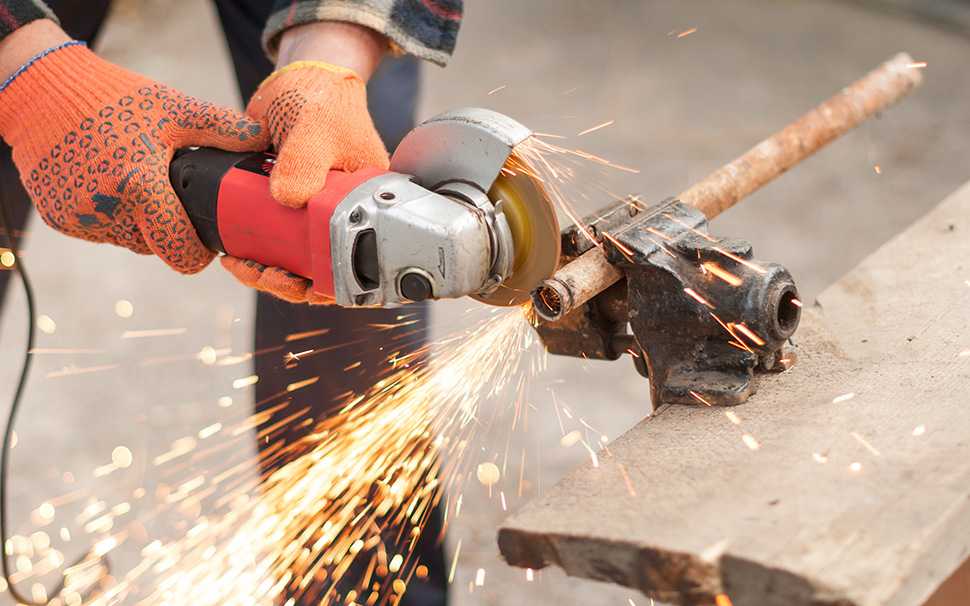According to the Health and Safety Authority (HSA), “Manual Handling involves the transporting or supporting of any load by one or more employees, and includes lifting, putting down, pushing, pulling, carrying or moving a load, which by reason of its characteristics or unfavourable ergonomic conditions, involves risk, particularly of back injury, to employees”.
The Safety, Health and Welfare at Work, (General Applications) Regulations 2007, as amended, outline the requirements for manual handling. These include:
- Undertaking a manual handling risk assessment of work / tasks to identify hazards and appropriate controls.
- Organising tasks to facilitate the use of mechanical or other means to eliminate / reduce the need for manual handling of loads by persons (e.g. excavators- fork attachments, tracked dumper)
- Providing instruction and training to employees (e.g. manual handling training)
RESPIRABLE CRYSTALLINE SILICA (RCS)

Crystalline silica is a naturally occurring substance typically found in stone (particularly sandstone, shale, granite, and slate); in sand; and in products such as bricks, tiles, concrete and cement. Refer to Table 1.
Respirable Crystalline Silica (RCS) occurs when these materials are worked on to release a very fine dust that could be inhaled. Where concrete, stone or sand-based materials are altered (during formation, cutting, drilling, polishing or demolition) and made airborne, there is a potential for exposure to crystalline silica dust.
Hazards
Inhalation is the primary route of exposure to crystalline silica dust. When any dust is inhaled, its point of deposition within the respiratory system is very much dependent upon the range of particle sizes present in the dust. The respirable fraction (smallest particle size) of crystalline silica dust can penetrate deep into the lungs.
The EU’s Carcinogens and Mutagens Directive has been updated and has classified Respirable Crystalline Silica (RCS) as a category 1 carcinogen; this came into effect in EU member states as of 17th January 2020. The Occupational Exposure Limit Value (OELV) established for Silica, both crystalline and respirable, over an 8-hour reference period, is 0.1 mg/m3. This is clearly defined under the Health and Safety Authority’s Chemical Agents Code of Practice 2020.
How to Manage RCS
The respirable fraction of the dust is invisibly fine. Elimination and substitution of RCS containing materials, dust extraction and/or dust suppression are the primary measures advised to control potential exposure.
Always assume that exposure is likely to occur and protect according to the level of risk identified from risk assessment. In summary:
- Prepare written risk assessments (required by law) highlighting the key hazards, risks, and controls in place.
- Use safe systems of work to reduce exposure based on the risk assessment.
- Use dust suppression techniques during work.
- Use engineering controls such as local exhaust ventilation to control exposure. This can be very effective – e.g. in the construction sector road cutting saws and Con (Stihl) saws have water suppression to minimise dust, as do many chop saws.
- Use and store personal protective equipment according to instructions to reduce exposure.








